Pixel-be-gone!
Category: information science – Page 266
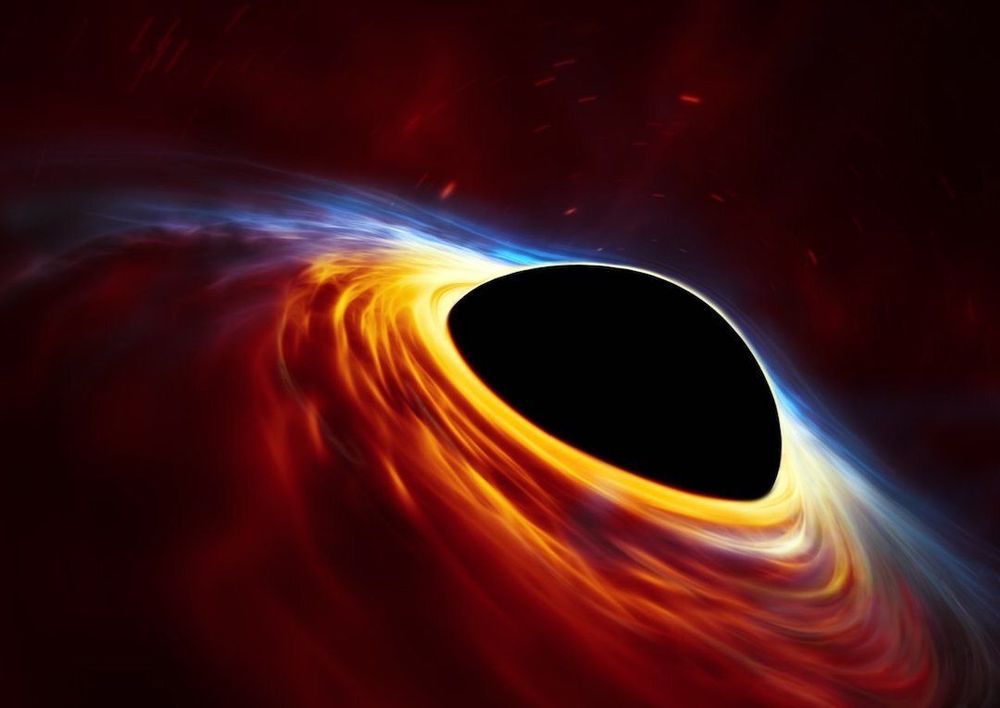
Measuring the spin of a black hole
A black hole, at least in our current understanding, is characterized by having “no hair,” that is, it is so simple that it can be completely described by just three parameters, its mass, its spin and its electric charge. Even though it may have formed out of a complex mix of matter and energy, all other details are lost when the black hole forms. Its powerful gravitational field creates a surrounding surface, a “horizon,” and anything that crosses that horizon (even light) cannot escape. Hence the singularity appears black, and any details about the infalling material are also lost and digested into the three knowable parameters.
Astronomers are able to measure the masses of black holes in a relatively straightforward way: watching how matter moves in their vicinity (including other black holes), affected by the gravitational field. The charges of black holes are thought to be insignificant since positive and negative infalling charges are typically comparable in number. The spins of black holes are more difficult to determine, and both rely on interpreting the X-ray emission from the hot inner edge of the accretion disk around the black hole. One method models the shape of the X-ray continuum, and it relies on good estimates of the mass, distance, and viewing angle. The other models the X-ray spectrum, including observed atomic emission lines that are often seen in reflection from the hot gas. It does not depend on knowing as many other parameters. The two methods have in general yielded comparable results.
CfA astronomer James Steiner and his colleagues reanalyzed seven sets of spectra obtained by the Rossi X-ray Timing Explorer of an outburst from a stellar-mass black hole in our galaxy called 4U1543-47. Previous attempts to estimate the spin of the object using the continuum method resulted in disagreements between papers that were considerably larger than the formal uncertainties (the papers assumed a mass of 9.4 solar-masses and a distance of 24.7 thousand light-years). Using careful refitting of the spectra and updated modeling algorithms, the scientists report a spin intermediate in size to the previous ones, moderate in magnitude, and established at a 90% confidence level. Since there have been only a few dozen well confirmed black hole spins measured to date, the new result is an important addition.
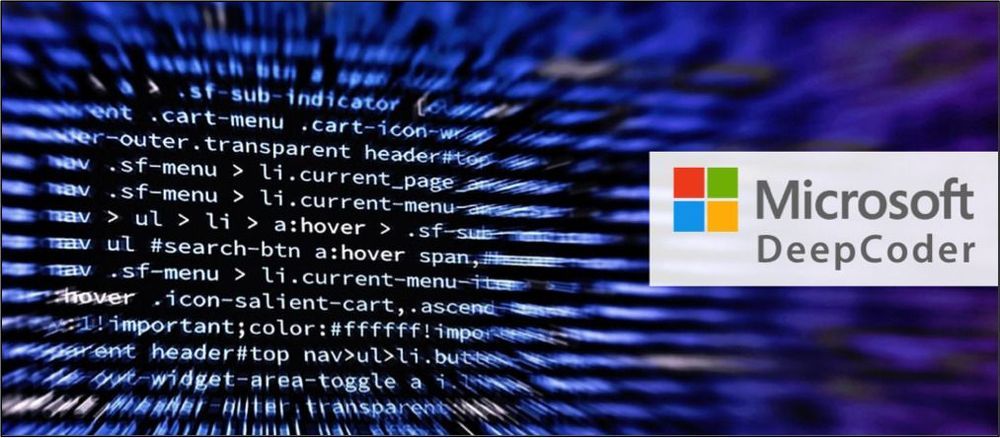
DeepCoder from Microsoft can leave programmers without work
Artificial intelligence (AI) is a broad field constituted of many disciplines like robotics or machine learning. The aim of AI is to create machines capable of performing tasks and cognitive functions that are otherwise only within the scope of human intelligence. To get there, machines must be able to learn these opportunities automatically instead of having each of them to be explicitly programmed end-to-end.
Another task of AI is to write programs. Similar technology was developed by Microsoft in conjunction with Cambridge University. They developed a program which is able to create other programs, borrowing code. The invention is called DeepCoder. This software that can take into account the requirements of developers and find the code fragments in a large database. You can see the work of scientists here.
“The potential for the automation of writing software code is just incredible. This means a reduction of the huge amount of effort that is required to develop code. Such a system will be much more productive than any man. In addition, you can create a system that was previously impossible to build”,

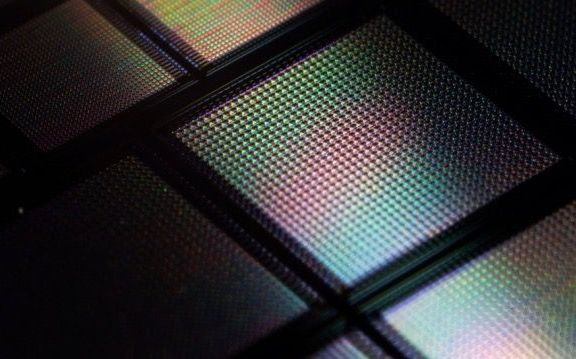
MIT’s Tiny New Brain Chip Aims for AI in Your Pocket
The human brain operates on roughly 20 watts of power (a third of a 60-watt light bulb) in a space the size of, well, a human head. The biggest machine learning algorithms use closer to a nuclear power plant’s worth of electricity and racks of chips to learn.
That’s not to slander machine learning, but nature may have a tip or two to improve the situation. Luckily, there’s a branch of computer chip design heeding that call. By mimicking the brain, super-efficient neuromorphic chips aim to take AI off the cloud and put it in your pocket.
The latest such chip is smaller than a piece of confetti and has tens of thousands of artificial synapses made out of memristors—chip components that can mimic their natural counterparts in the brain.

Israeli researchers explain how they are healing the world with precision
Data governs our lives more than ever. But when it comes to disease and death, every data point is a person, someone who became sick and needed treatment.
Recent studies have revealed that people suffering from the same disease category may have different manifestations. As doctors and scientists better understand the reasons underlying this variability, they can develop novel preventive, diagnostic and therapeutic approaches and provide optimal, personalized care for every patient.
To accomplish this goal often requires broadscale collaborations between physicians, basic researchers, theoreticians, experimentalists, computational biologists, computer scientists and data scientists, engineers, statisticians, epidemiologists and others. They must work together to integrate scientific and medical knowledge, theory, analysis of medical big data and extensive experimental work.
This year, the Israel Precision Medicine Partnership (IPMP) selected 16 research projects to receive NIS 60 million in grants with the goal of advancing the implementation of personalized healthcare approaches – providing the right treatment to the right patient at the right time. All the research projects pull data from Israel’s unique and vast medical databases.
HEALTH AND SCIENCE AFFAIRS: 16 Israeli projects get NIS 60m. to innovate next stage of healthcare.

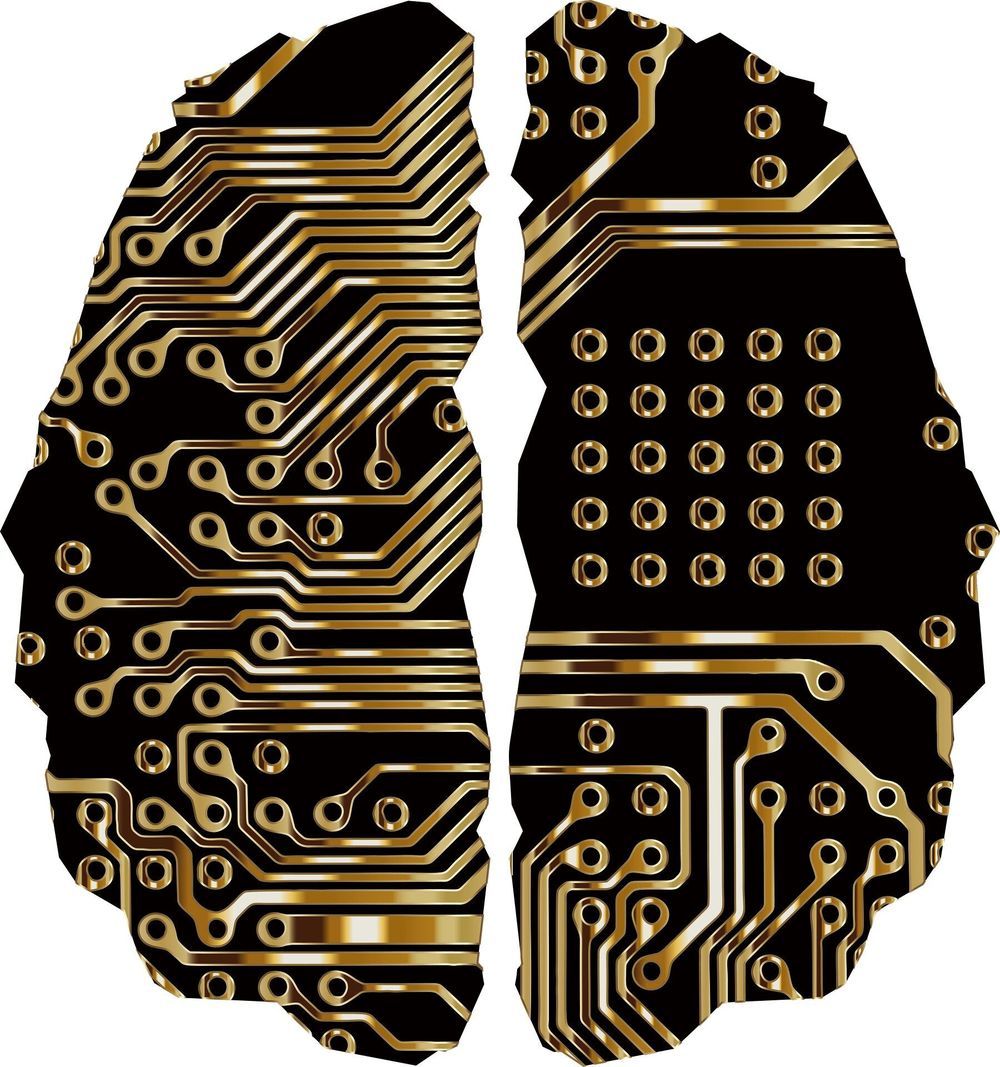
Engineers offer smart, timely ideas for AI bottlenecks
Rice University researchers have demonstrated methods for both designing innovative data-centric computing hardware and co-designing hardware with machine-learning algorithms that together can improve energy efficiency by as much as two orders of magnitude.
Advances in machine learning, the form of artificial intelligence behind self-driving cars and many other high-tech applications, have ushered in a new era of computing—the data-centric era—and are forcing engineers to rethink aspects of computing architecture that have gone mostly unchallenged for 75 years.
“The problem is that for large-scale deep neural networks, which are state-of-the-art for machine learning today, more than 90% of the electricity needed to run the entire system is consumed in moving data between the memory and processor,” said Yingyan Lin, an assistant professor of electrical and computer engineering.
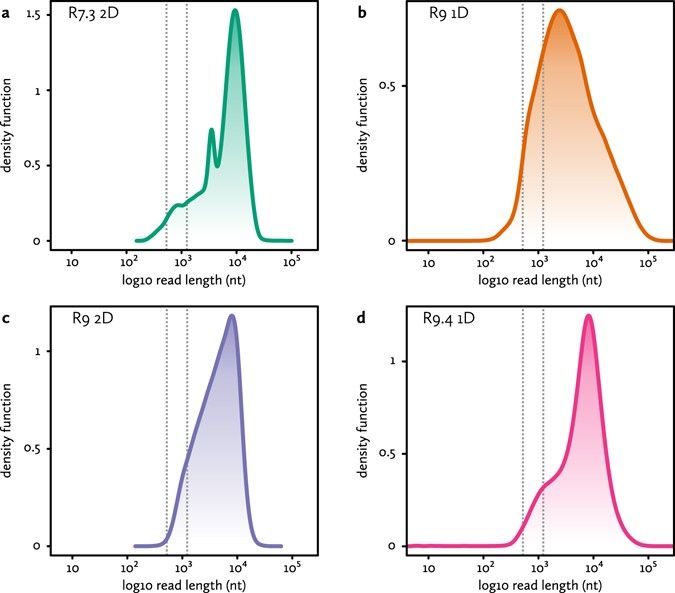
Rapid de novo assembly of the European eel genome from nanopore sequencing reads
Circa 2017
We have sequenced the genome of the endangered European eel using the MinION by Oxford Nanopore, and assembled these data using a novel algorithm specifically designed for large eukaryotic genomes. For this 860 Mbp genome, the entire computational process takes two days on a single CPU. The resulting genome assembly significantly improves on a previous draft based on short reads only, both in terms of contiguity (N50 1.2 Mbp) and structural quality. This combination of affordable nanopore sequencing and light weight assembly promises to make high-quality genomic resources accessible for many non-model plants and animals.

Physicists create quantum-inspired optical sensor
Researchers from the Moscow Institute of Physics and Technology, joined by a colleague from Argonne National Laboratory, U.S., have implemented an advanced quantum algorithm for measuring physical quantities using simple optical tools. Published in Scientific Reports, their study takes us a step closer to affordable linear optics-based sensors with high performance characteristics. Such tools are sought after in diverse research fields, from astronomy to biology.
Maximizing the sensitivity of measurement tools is crucial for any field of science and technology. Astronomers seek to detect remote cosmic phenomena, biologists need to discern exceedingly tiny organic structures, and engineers have to measure the positions and velocities of objects, to name a few examples.
Until recently, no measurement tool could ensure precision above the so-called shot noise limit, which has to do with the statistical features inherent in classical observations. Quantum technology has provided a way around this, boosting precision to the fundamental Heisenberg limit, stemming from the basic principles of quantum mechanics. The LIGO experiment, which detected gravitational waves for the first time in 2016, shows it is possible to achieve Heisenberg-limited sensitivity by combining complex optical interference schemes and quantum techniques.